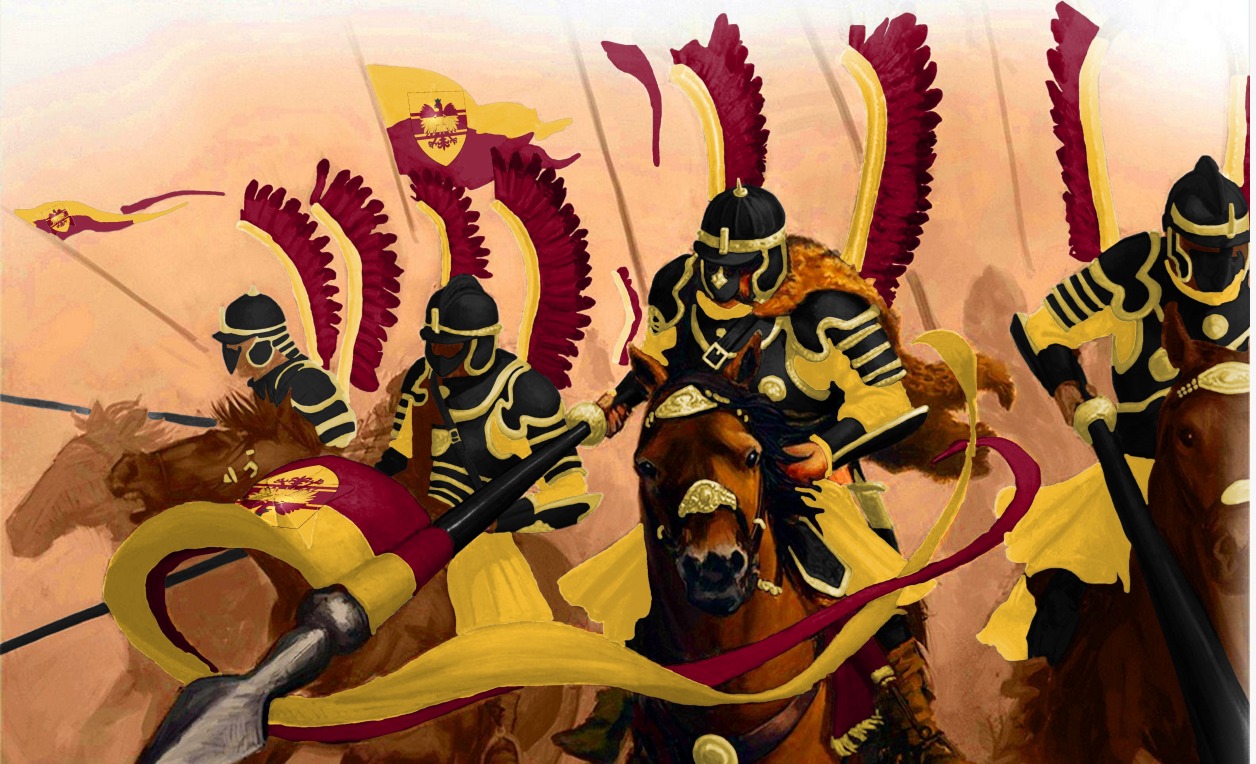As tensions continue to simmer in Eastern Europe, Poland is poised to bolster its military might with the addition of a formidable stealth fighter jet dubbed “Husarz.”
The name “Husarz” draws inspiration from Poland’s illustrious military history and pays homage to the legendary hussars, a cavalry unit renowned for its unparalleled skill and valor.
But what exactly are these Husarz stealth fighters, and what significance do they hold for Poland’s defense capabilities?
The Husarz stealth fighters are none other than the state-of-the-art F-35A Joint Strike Fighters manufactured by US defense firm Lockheed Martin.
In January 2020, Poland revealed its intent to acquire 32 F-35A Joint Strike Fighters, a move aimed at modernizing its air force and strengthening its defensive capabilities against potential regional threats, with a particular focus on concerns stemming from Russia.
Drodzy Fascynaci Lotnictwa,
z ogromną radością ogłaszamy, że nasz polski myśliwiec F-35 ma już oficjalną nazwę: HUSARZ 🇵🇱
Dziękujemy wszystkim za udział w głosowaniu i zaangażowanie w wybór nazwy samolotu! pic.twitter.com/wPF5hFET5r
— Sztab Generalny WP (@SztabGenWP) April 29, 2024
Deliveries of these fighter jets are anticipated to commence this year and continue through 2030. In preparation for the arrival of the aircraft, Poland initiated a public contest this year to find a suitable local name for the fighter jet.
The competition kicked off on April 12, with participants urged to submit their suggestions via the General Staff’s competition advertisements on Facebook and X (formerly known as Twitter).
Following receipt of numerous entries, Poland announced on April 22 the top five favored names: ‘Halny,’ ‘Husarz,’ ‘Harpia,’ ‘Dracarys,’ and ‘Duch.’
Internet users were invited to select their preferred name from the five options, with ‘Husarz’ emerging as the top choice. The selection of the name was announced by the General Staff of the Polish Armed Forces on April 29.
In formally designating its upcoming F-35 fleet, Poland has joined a limited number of nations that have bestowed a distinctive national identity on this aircraft type.
The Israeli Air Force, for instance, has bestowed upon its F-35I variant the Hebrew name Adir, which translates to ‘Mighty One,’ signifying both its formidable capabilities and the pride associated with its service. Further, within the US Air Force, there is informal usage of the name Panthers for the F-35A variant.
It has also been revealed that the F-35 Husarz is anticipated to feature low-visibility checkerboards, marking a departure from the traditional Polish Air Force roundel, which features full-color white-red checkerboards.
General Wiesław Kukuła, Chief of the Polish Armed Forces General Staff, confirmed that the Polish F-35s would not feature the traditional white-red checkerboard to enhance stealth capabilities. Instead, a gray-toned checkerboard design will be employed.
According to reports, the low-visibility checkerboard design was only operational on a W-3 Sokół helicopter utilized by the Polish JW2305 GROM Special Operations Forces unit. Although the concept was proposed by the WZL Bydgoszcz maintenance facility, it had not been implemented on an operational airframe until now.
Hussars: Poland’s Winged Knights
Polish military aircraft have traditionally been named after birds, such as Sokół (English: “Falcon”) helicopters and Jastrzębie (English: “Hawk”) F-16 multirole fighters. However, the top five names selected for Poland’s future aircraft represent a departure from this trend, incorporating elements from various cultural and historical sources.
One of the chosen names, ‘Dracarys,’ hails from the realm of fiction, specifically from George R. R. Martin’s epic fantasy series, A Song of Ice and Fire. Translated to ‘Dragonfire’ in the ancient Valyrian language, it conjures images of power and might, reflecting the formidable capabilities of modern military aircraft.
Similarly, ‘Harpia,’ derived from Ancient Greek and Roman mythology, invokes the image of the harpy, a creature with the body of a bird and the face of a woman.
‘Husarz,’ however, stands out as the winning choice for Poland’s future F-35s, paying homage to a storied chapter in Polish military history. The Winged Hussars, known for their valor and skill, trace their origins back to the 16th century when they were formed as an elite cavalry unit.
Established in 1503 by the Polish parliament, the Winged Hussars quickly rose to prominence as the pinnacle of Poland’s armed forces. Selected from the ranks of the Polish nobility, these warriors embodied the spirit of chivalry and martial prowess.

Despite often facing overwhelming odds, the Winged Hussars emerged victorious in numerous battles, earning a place of honor in Polish military lore. The ‘Golden Age’ of the Winged Hussars, spanning from the Battle of Lubiszewo in 1577 to the Siege of Vienna in 1683, saw them achieve unparalleled success on the battlefield.
They earned their reputation for valor and fortitude by prevailing in over 16 major battles against both Ottoman and Russian forces.
Even as their role shifted to ceremonial duties in the 18th century before their eventual disbandment, the legacy of the Winged Hussars endured. Today, they remain a symbol of Poland’s military heritage and a source of inspiration for future generations.
- Contact the author at ashishmichel(at)gmail.com
- Follow EurAsian Times on Google News




